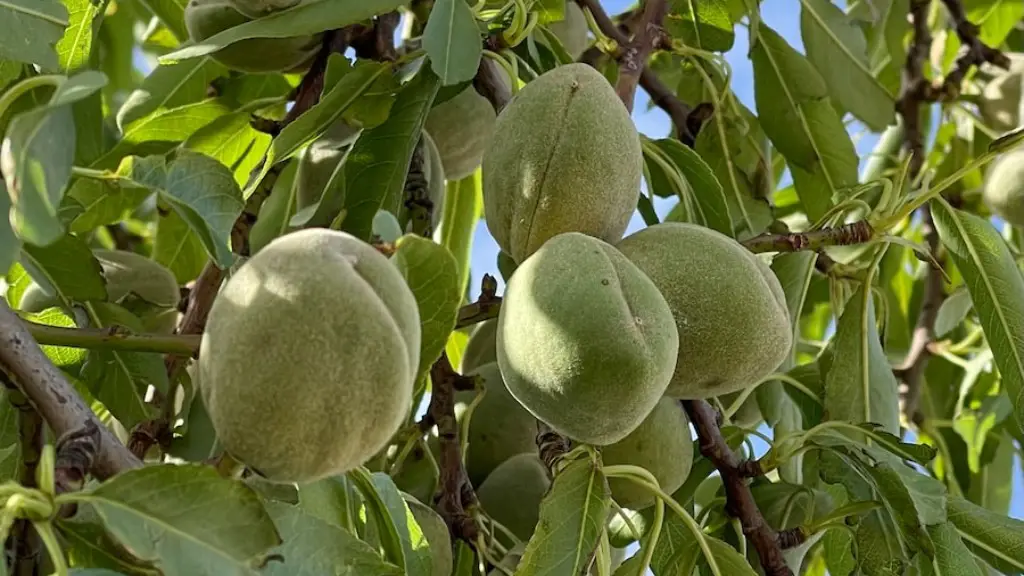Living in climates with cold winters, such as the northern United States, means that protecting your palm trees from being harmed is an important part of being a good homeowner. Without proper protection for your palms, extreme cold weather could spell a death sentence for your beloved tropical trees. Fortunately, there are plenty of ways to protect your palms during the cold winter months. Here are some tips on how to protect your palm tree in winter.
Water Your Palm Trees Regularly
The most important part of protecting your palms during winter is to keep them hydrated. Sunlight, wind, and chilly temperatures can all cause moisture to escape from your palms, leaving them vulnerable to various diseases and other forms of damage. It’s important to water your palms regularly, even when the weather is cold, to ensure they stay healthy. Watering your palms in the winter is especially important if you live in an area that experiences snow and ice.
Protect Your Palms From Cold Winds
Cold winds can quickly dehydrate a palm tree, causing it to wither and die. To protect your palms from cold winds, you should wrap them in burlap or other thick materials. Additionally, you can wrap your palms in Christmas lights that stay lit all night, as the lights can help provide additional warmth to your palms and help protect them from the cold winter air.
Keep an Eye Out for Signs of Damage
During the winter, you should keep an eye out for signs of damage on your palms. The most common signs of damage include yellowing of the leaves, slow or stunted growth, and brown spots on the leaves. If you see any of these signs, you should work quickly to correct the issue in order to prevent further damage to your palms.
Make Sure Your Palms Have Ample Sunlight
Palm trees need plenty of sunlight to remain healthy and strong, so you should make sure that your palms are getting enough sunlight during the winter months. This is especially important if you live in an area with short, cold days and long, dark nights. You can give your palms the extra sunshine they need by placing a reflective shield or covering around the base of the tree, which can help to increase the amount of sunlight your palms receive.
Choose the Right Fertilizer
Fertilizing your palms is essential for ensuring that they stay healthy during the winter. However, it’s important to choose the right fertilizer for your palms, as some fertilizers can cause damage to the roots or other parts of the tree. Before applying any fertilizer, it’s a good idea to consult with a professional to make sure you’re using the right kind.
Avoid Pruning During the Winter Months
Pruning your palms can help promote their health, but it should not be done during the winter months. Pruning palms during the winter can cause stress and damage to the tree, so the best time to prune palms is during the spring or summer months when temperatures are warmer. If you’re not sure when the best time to prune your palms is, it’s best to consult with a professional who can help you to determine the right time.
Cover Your Palms with Mulch
Adding a layer of mulch around your palms can help protect them from the cold temperatures, as the mulch can trap heat and moisture. Additionally, the mulch will help to reduce the amount of moisture that is lost from the soil, ensuring that your palms stay adequately hydrated during the winter months. When choosing mulch for your palms, it’s best to choose a product that is specifically designed for palms, as it will be better suited for the tree’s needs.
Provide Extra Shade for Your Palms
When temperatures drop too low for even a healthy and hearty palm tree, it’s important to provide some extra shade for your palm. Installing an outdoor tarp or a canvas cover over your palms can provide some extra insulation, keeping the tree warm and less likely to suffer from cold damage.
Regularly Monitor and Inspect Your Palm
To ensure that your palm tree is staying healthy and protected during the winter months, it’s important to regularly monitor and inspect the tree. Check your palm tree for signs of disease and damage, and keep an eye out for any changes in the tree’s appearance. If you notice any problems, take steps to rectify the issue before it becomes too severe.
Protect Your Palms From Frost
Frost is a major threat to palm trees, as it can quickly kill a palm tree, even if it’s healthy. To protect your palms from frost, you should use a frost protection blanket or spray. However, it’s important to avoid covering the leaves with a blanket, as this can lead to rot or other forms of damage.
Apply Insulating Wraps
When temperatures drop below freezing, you should use an insulating wrap or tree wrap to protect your palms. Insulating wraps are designed to trap in heat and moisture, ensuring that your palms stay warm and healthy during the winter months. Additionally, the wrap will help to keep out pesky pests, such as rats and mice, that may try to make their way into the tree.
Use Heating Cables and Mats
If you live in an area where temperatures drop extremely low, you may want to consider investing in heating cables or mats for your palms. These are designed to keep the roots of the tree warm, helping to protect them from freezing temperatures. However, it’s important to follow the manufacturer’s instructions when using these products, as improper usage could result in damage to your palms.
Encourage Beneficial Insects
Beneficial insects, such as ladybugs and spiders, can help to keep pests away from your palms and can help to improve their overall health. Consider adding some flowers and other plants to your garden that are designed to attract beneficial insects and discourage pests and other harmful critters.
Keep Your Palms Watered During Freezing Temperatures
It’s important to keep your palms watered during freezing temperatures, as this will help to keep the roots of the tree warm and prevent them from freezing. Make sure to water your palms deeply, as this will help ensure that the roots of the palm will stay warm and healthy during even the coldest winter days.
Use Fleece to Prevent Wind Damage
Cold winds can be especially damaging to palms, as they can quickly cause the leaves to dry out and wither away. To protect your palms from cold winds, you should use a lightweight fleece or tarp to cover your palms. The material should be light enough to allow air and sunlight to pass through, but also thick enough to protect your palms from the cold winds.
Use Protective Covers and Fungicides
During the winter months, it’s important to use protective covers, such as sheets of plastic or canvas, to protect your palms from the elements. Additionally, you can use fungicides to help prevent fungal diseases from attacking your palms. Be sure to use fungicides specifically designed for palms, as these will be safer for the tree.



